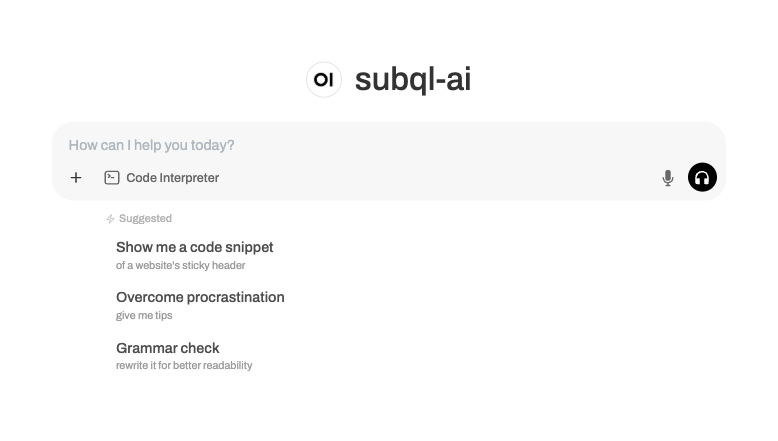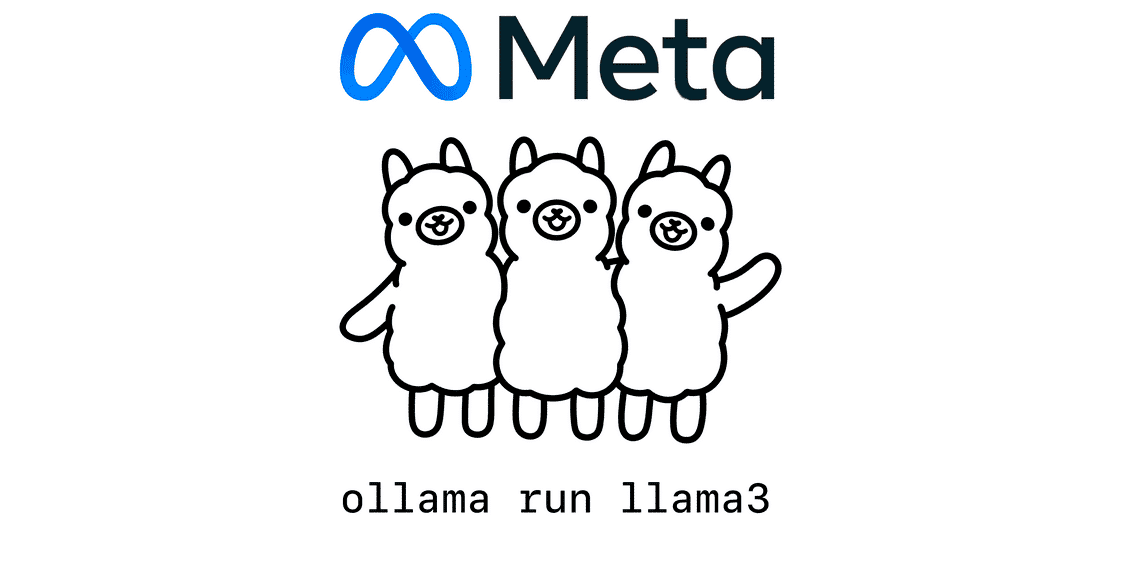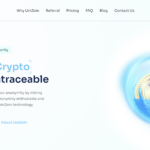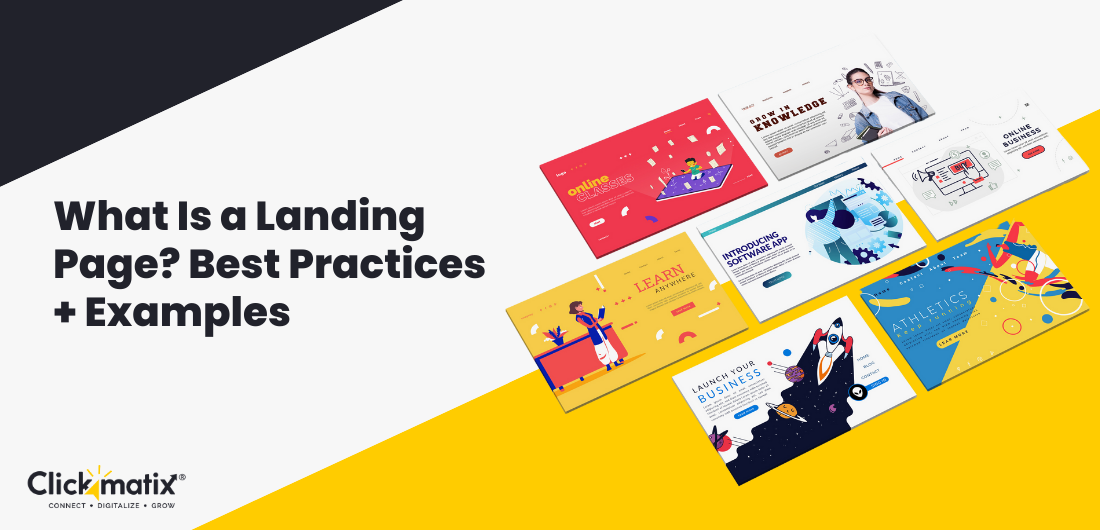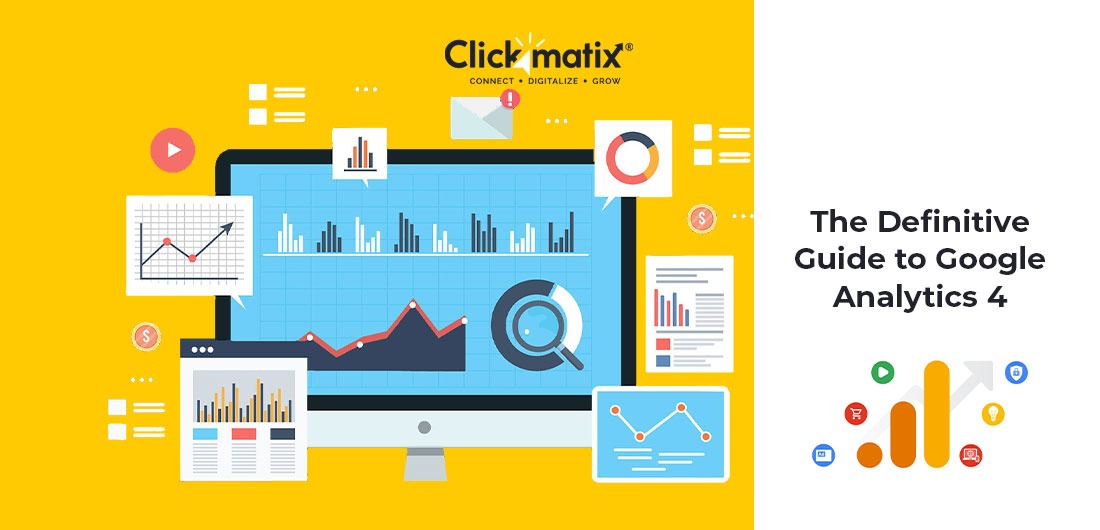SEO for Landing Pages: Best Practices to Rank on SERPs
Landing pages play an important role in the success of digital marketing campaigns. They are built to convert site visitors into leads or customers. Even the most visually striking landing page can fail to deliver results if it’s not optimised for search engines. Without proper landing page SEO, your page may be buried deep in […]
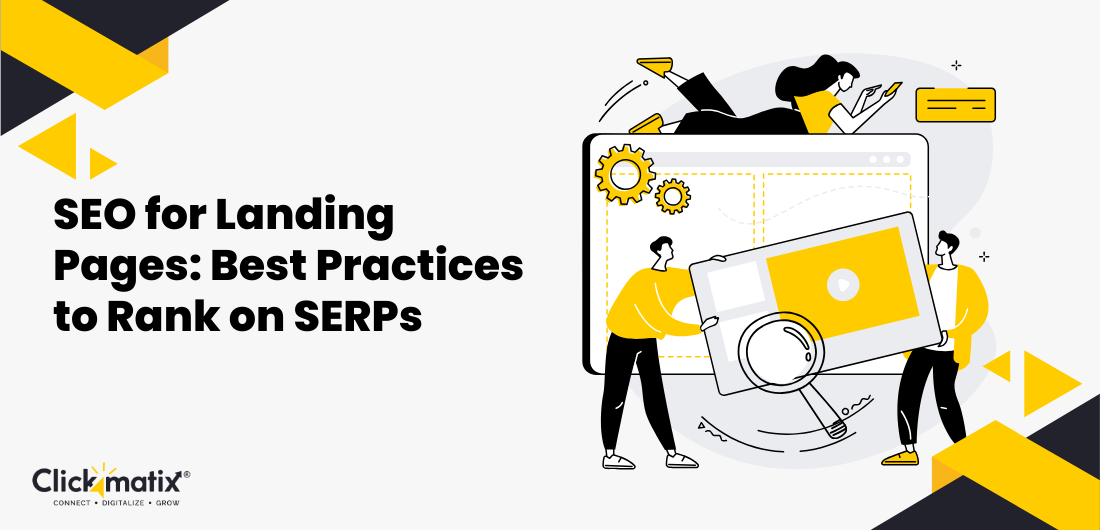
Landing pages play an important role in the success of digital marketing campaigns. They are built to convert site visitors into leads or customers. Even the most visually striking landing page can fail to deliver results if it’s not optimised for search engines. Without proper landing page SEO, your page may be buried deep in the search engine results pages (SERPs). This makes it nearly impossible for potential customers to find.
This blog will guide you through the best practices for optimising landing pages. This will ensure that they not only rank higher but also drive conversions. Along the way, we’ll address common pain points businesses face, such as targeting the right keywords, improving user experience, and balancing SEO with conversion goals.
What Are SEO Landing Pages?
SEO landing pages are designed to meet the expectations of search engines while addressing user intent. Unlike standard web pages that may serve a broad audience, an SEO-focused landing page targets specific keywords to attract high-quality, intent-driven traffic. These pages achieve prominence in search engine results pages by employing strategic keyword placement and implementing landing page SEO techniques (SERPs).
The strength of an SEO landing page lies in its dual purpose. On the one hand, it works to draw organic traffic by aligning with the algorithms and ranking factors of search engines. On the other hand, it’s designed to convert this traffic into meaningful actions—whether that’s filling out a form, subscribing to a newsletter, or making a purchase.
With a thoughtful blend of user-centric content and on-page SEO, such as optimised titles, meta descriptions, and URLs, an SEO-friendly landing page ensures visitors quickly find what they’re looking for. This seamless experience builds trust and encourages engagement, resulting in higher conversion rates. Whether your goal is lead generation or sales, crafting and optimising these pages is a crucial step in building a successful digital presence.
Why Are SEO Landing Pages Important?
SEO landing pages are vital because they serve as the intersection of visibility and action. A well-optimised landing page attracts organic traffic. It guides visitors toward completing specific goals, such as signing up, purchasing, or downloading. Without effective landing page SEO, even the most compelling content can remain invisible to potential users, buried deep in search engine results.
By incorporating strategic keywords and aligning content with search intent, an SEO-focused landing page ensures that your business appears in front of the right audience at the right time. These pages aren’t just about being found; they’re about converting interest into engagement.
Proper landing page SEO optimisation can improve rankings, enhance user experience, and increase conversion rates. This blend of visibility and functionality makes SEO landing pages an indispensable tool for businesses aiming to maximise their digital presence and achieve measurable results.
Why Optimise Landing Pages for SEO?
1. Increased Organic Traffic
By strategically using high-intent keywords, SEO-optimised landing pages attract users who are actively searching for products or services like yours. These users are far more likely to convert because they have already expressed interest in what you offer. Landing page SEO ensures that your page ranks for relevant, high-traffic keywords, driving more organic visitors to your site without the ongoing costs of paid advertising. The targeted nature of the traffic means that the users arriving at your page are more qualified, which significantly improves the chances of them taking action.
2. Better User Engagement
Search engines like Google prioritise pages that deliver both relevant content and a seamless experience. This means designing your landing page to be easy to navigate, fast-loading, and mobile-responsive. When users find the information they need quickly, they are more likely to stay on the page longer, reducing bounce rates and increasing user engagement. An engaging, well-structured page will keep visitors exploring your site and enhance their overall experience.
3. Higher Conversion Rates
Optimising landing pages for SEO drives traffic and boosts conversions. By combining relevant content with an intuitive design that addresses the visitor’s needs, your landing page can effectively guide them toward completing a desired action. Whether it’s making a purchase, signing up for a newsletter, or downloading a guide, well-optimised landing pages help move visitors through the sales funnel. Relevant, engaging content that speaks to the user’s intent is a key element in increasing conversion rates.
4. Long-Term ROI
Unlike PPC campaigns, which provide immediate results but are costly and temporary, SEO delivers lasting results. Optimising landing pages for SEO ensures your content ranks higher on SERPs over time. This organic visibility grows steadily. It creates a sustainable flow of traffic without continuous investment. The long-term nature of SEO ensures that your landing page SEO optimisation pays off in the form of higher quality, lower-cost traffic, and continuous growth. The more you invest in SEO-focused landing pages, the greater the compounding returns over time.
SEO vs. PPC Landing Pages: Which Should You Prioritise?
Deciding between SEO and PPC landing pages depends on your business goals, budget, and timeline. PPC landing pages are excellent for driving immediate traffic, as paid campaigns place your content directly in front of potential customers. This approach can be costly, with results disappearing once your budget runs out.
SEO-focused landing pages provide long-term value. By targeting relevant keywords and aligning with search intent, these pages gain organic visibility that continues to grow over time. The result is sustainable traffic that doesn’t rely on ongoing ad spend.
The smartest strategy is to balance both methods. Use PPC to meet short-term objectives, such as promoting a sale or launching a new product. Meanwhile, invest in landing page SEO optimisation for lasting visibility and compounding benefits. Combining the strengths of both approaches ensures you capture immediate opportunities while building a foundation for long-term success.
Key Elements of an Effective SEO Landing Page
The Role of Keywords and Search Intent
Keywords are the cornerstone of an SEO-focused landing page, but their value extends beyond mere inclusion. They must resonate with the intent of users searching for information, solutions, or actions. For example:
- Informational Intent: Users seek knowledge, such as “how to optimise a landing page.”
- Navigational Intent: Users aim to locate a specific website or resource, like the “best SEO company in Melbourne.”
- Transactional Intent: Users are ready to act, such as searching for “buy SEO tools online.”
Understanding these categories ensures that your content aligns perfectly with users’ needs. Tools like Google Keyword Planner and Ahrefs help identify high-value, intent-driven keywords that you can seamlessly incorporate into your page.
On-Page SEO Essentials
- Compelling Titles: A title tag is a user’s first impression and a significant ranking factor. Make it concise, include the primary keyword, and evoke curiosity or urgency. For instance, “Master Landing Page SEO: Top Tips to Rank & Convert” performs better than generic alternatives.
- Optimised URLs: Keep URLs short, descriptive, and keyword-rich, like clickmatix.com.au/seo/perth/ . Clarity boosts both user trust and search engine visibility.
- Meta Descriptions: Though not a direct ranking factor, meta descriptions influence click-through rates. Write concise, engaging summaries under 160 characters that include the main keyword and entice users with clear benefits.
Best Practices for SEO Landing Pages
Creating a successful SEO-focused landing page involves aligning every element to both user expectations and search engine requirements. These best practices help ensure optimal performance.
Start with Keyword Research and Analysis
Begin by identifying terms that align with your audience’s intent. Focus on both high-volume and long-tail keywords. Long-tail keywords like “affordable SEO company in Melbourne” attract users who are closer to making a decision compared to generic terms like “digital marketing.” Use tools such as Google Keyword Planner and SEMrush to pinpoint keywords that balance search volume and competition. Ensure these keywords are naturally integrated into titles, headings, and content without overstuffing.
Design with User Intent in Mind
A great landing page matches its content and design to the expectations behind a user’s search query. If someone is searching for “affordable SEO services,” your page should provide clear, immediately visible answers. Above the fold, highlight unique selling points and actionable CTAs like “Get a Free SEO Audit Today” to ensure visitors stay engaged. Keep navigation minimal, focusing on guiding users toward conversions.
Create High-Quality, Relevant Content
Your content should directly address user pain points and provide clear solutions. For example, if your service promises improved rankings, explain how your expertise delivers measurable results. Break content into digestible sections with subheadings and bullet points, making it easy for users to skim. A conversational tone fosters trust while making your page approachable.
Optimise Technical Elements
Technical SEO aspects can make or break an SEO-friendly landing page.
- Title Tags: Ensure titles are concise, keyword-rich, and compelling. For example, “Boost Traffic with Landing Page SEO: Proven Strategies” is more engaging than a generic title.
- URLs: Use clean, descriptive URLs that reflect the page’s content, such as clickmatix.com.au/a-comprehensive-technical-seo-guide/. Avoid long or irrelevant strings of characters.
- Meta Descriptions: Write engaging meta descriptions under 160 characters. Incorporate your primary keyword and a CTA like “Learn how to optimise your landing pages for better conversions.”
Focus on Mobile-Friendliness
With mobile-first indexing, ensuring a seamless mobile experience is critical. Your landing page design should be responsive, adapting flawlessly to different screen sizes. Test your pages across various devices to ensure they load properly with no disruptive pop-ups or broken elements.
Enhance Page Speed and Performance
A slow-loading page frustrates users and negatively impacts rankings. Use tools like Google PageSpeed Insights to diagnose speed issues. To optimise performance, compress images, enable browser caching, and minimise JavaScript and CSS files. Even a one-second improvement in load time can significantly boost user engagement.
Optimise Images Effectively
Images play a vital role in enhancing user experience, but they should not compromise load time. Use descriptive filenames and alt text to improve accessibility and SEO. Opt for modern formats like WebP to reduce file sizes without sacrificing quality.
Keep Forms User-Friendly
If your landing page includes a form, simplicity is key. Complicated forms with too many fields deter conversions. Use clear labels, ensure forms are mobile-friendly, and only ask for essential information to make the process as seamless as possible.
How to Build Authority with SEO Landing Pages
The Importance of Internal Linking
Internal linking is a critical strategy for strengthening the authority of an SEO-focused landing page. By linking your landing page to other relevant sections of your site, you create a cohesive network that improves navigation and distributes link equity effectively. For example, if your landing page highlights SEO services, linking to an insightful blog post about “key SEO trends” or directing users to a trusted SEO company in Melbourne enhances both user experience and search engine rankings. Internal links also help search engines crawl your site more efficiently. This boosts the visibility of your pages. Be sure to use descriptive anchor text that aligns with your target keywords. This creates a seamless journey for both users and algorithms.
Building Backlinks for Credibility
External backlinks from authoritative websites act as a vote of confidence for your landing page. This signals its relevance and trustworthiness to search engines. Securing these backlinks requires strategic efforts such as guest posting, collaborating with industry influencers, and creating high-value content that naturally attracts links. For instance, publishing an in-depth guide or exclusive research related to your niche can encourage other sites to link to your page. Tools like Ahrefs or Moz can help identify potential backlink opportunities. This allows you to focus your outreach efforts on reputable sources that enhance your page’s authority.
After Publishing: Monitoring and Improving Performance
Once your SEO landing page is live, continuous monitoring and optimisation are essential to maintaining and improving its performance.
Using Analytics to Track Performance
Google Analytics and Google Search Console are invaluable tools for tracking key metrics such as bounce rate, dwell time, traffic sources, and conversions. By analysing these metrics, you can gain insights into user behaviour, identify which parts of your page are underperforming, and discover areas that need improvement. For example, a high bounce rate might indicate your content isn’t meeting user expectations. At the same time, a low dwell time could suggest that visitors aren’t finding the information engaging enough. Use these insights to tweak content, adjust page layout, or optimise load times to better align with user needs.
A/B Testing for Continuous Optimisation
A/B testing allows you to experiment with different variations of your page to see which performs best. Test elements such as headlines, call-to-action (CTA) buttons, and page layouts to discover what resonates most with your audience. This iterative process of testing and refining ensures that your landing page continues to improve and convert more effectively over time.
SEO vs. Conversion Optimisation: Striking the Right Balance
When it comes to SEO landing pages, a common dilemma is whether to prioritise SEO for better rankings or focus on conversion optimisation to drive tangible results. While SEO brings organic traffic to your page, it’s conversions that ultimately matter—transforming that traffic into leads, sales, or other desired actions. Focusing exclusively on one over the other can lead to missed opportunities. Prioritising rankings without conversion-focused design may lead to high traffic but poor engagement and low conversions. Conversely, focusing only on conversions without optimising for SEO might result in low visibility and fewer visitors. Striking the right balance between SEO and conversion optimisation ensures that your landing page attracts relevant traffic. This encourages users to take action, delivering maximum ROI.
Tips to Balance Both Effectively
- Use SEO strategies to attract visitors, but design for user experience and conversions: Implement SEO best practices like keyword optimisation and fast loading speeds, but prioritise clean, intuitive design and persuasive copy to drive conversions.
- Regularly update content to maintain relevance and ranking potential: Fresh, relevant content ensures your page stays valuable to both search engines and users. By addressing your users’ needs and interests, you can boost rankings while maintaining conversion potential.
Conclusion
Optimising landing pages for SEO is essential in today’s competitive digital landscape. By adhering to landing page SEO best practices, businesses can enhance their visibility, attract more organic traffic, and boost conversion rates. These strategies ensure that your landing pages are discoverable by search engines.
This offers a seamless, engaging experience for users. Implementing SEO optimisation techniques, such as keyword targeting, high-quality content, and mobile responsiveness, will help your pages rank higher in search results and provide measurable outcomes. An SEO-friendly landing page is about delivering real value to your audience.
What's Your Reaction?









![RFP: How to Write a Strong Request for Proposal [Examples & Template]](https://www.hubspot.com/hubfs/rfp_featured.png)





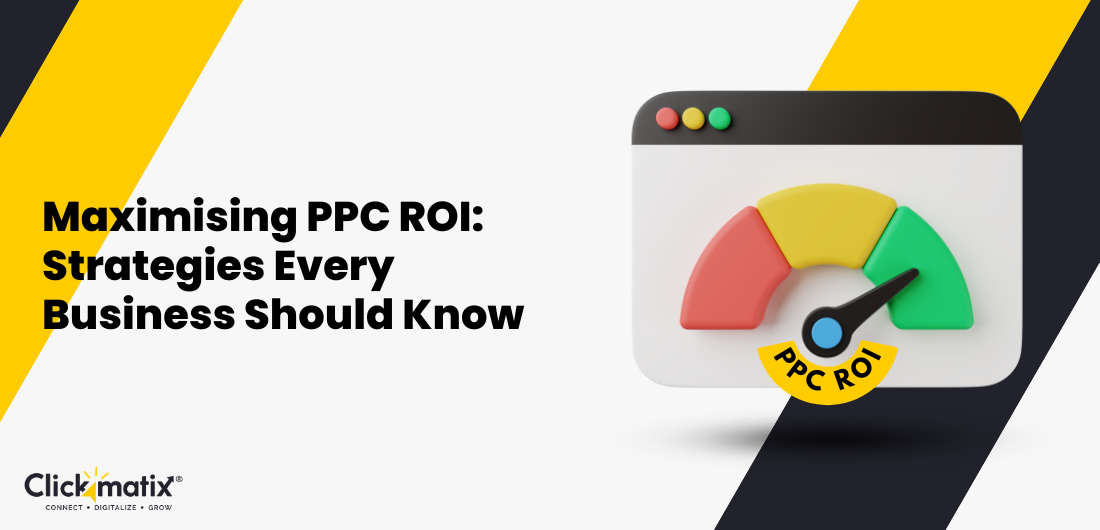
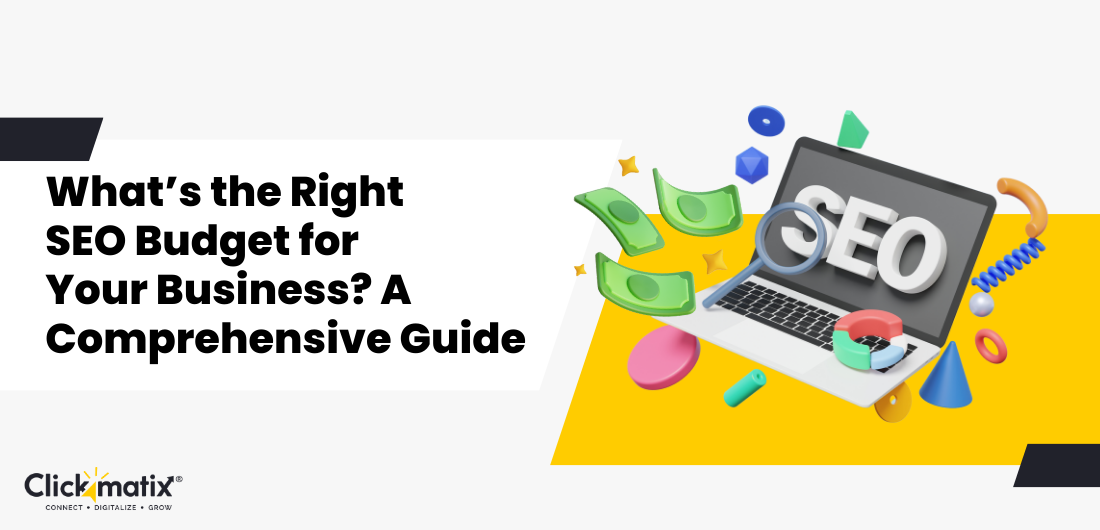
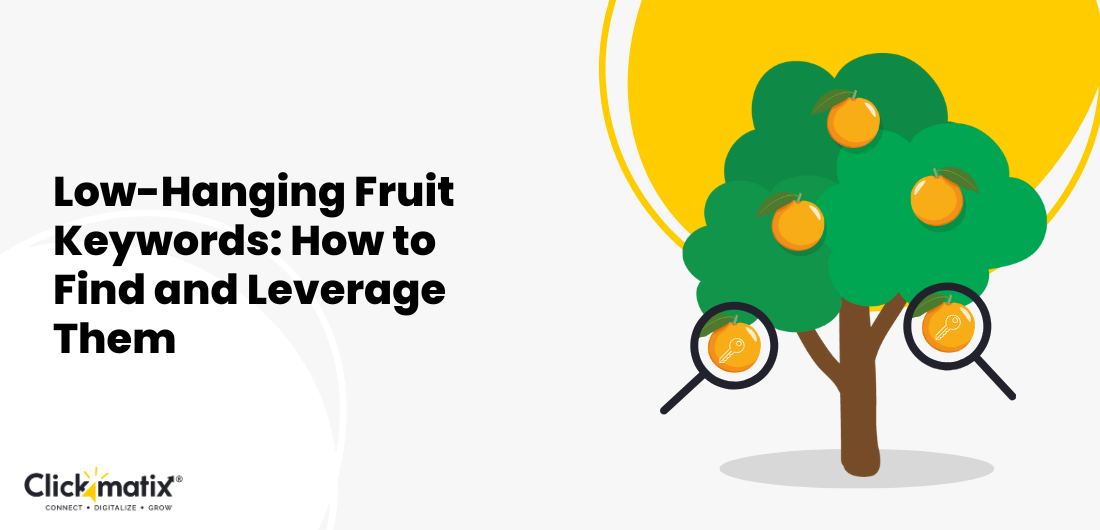
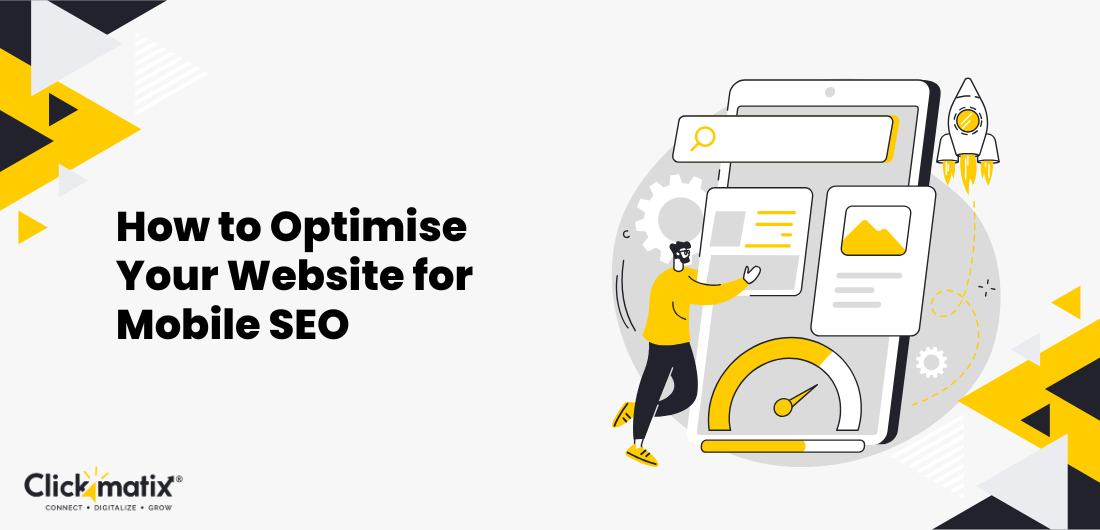























.png)



















